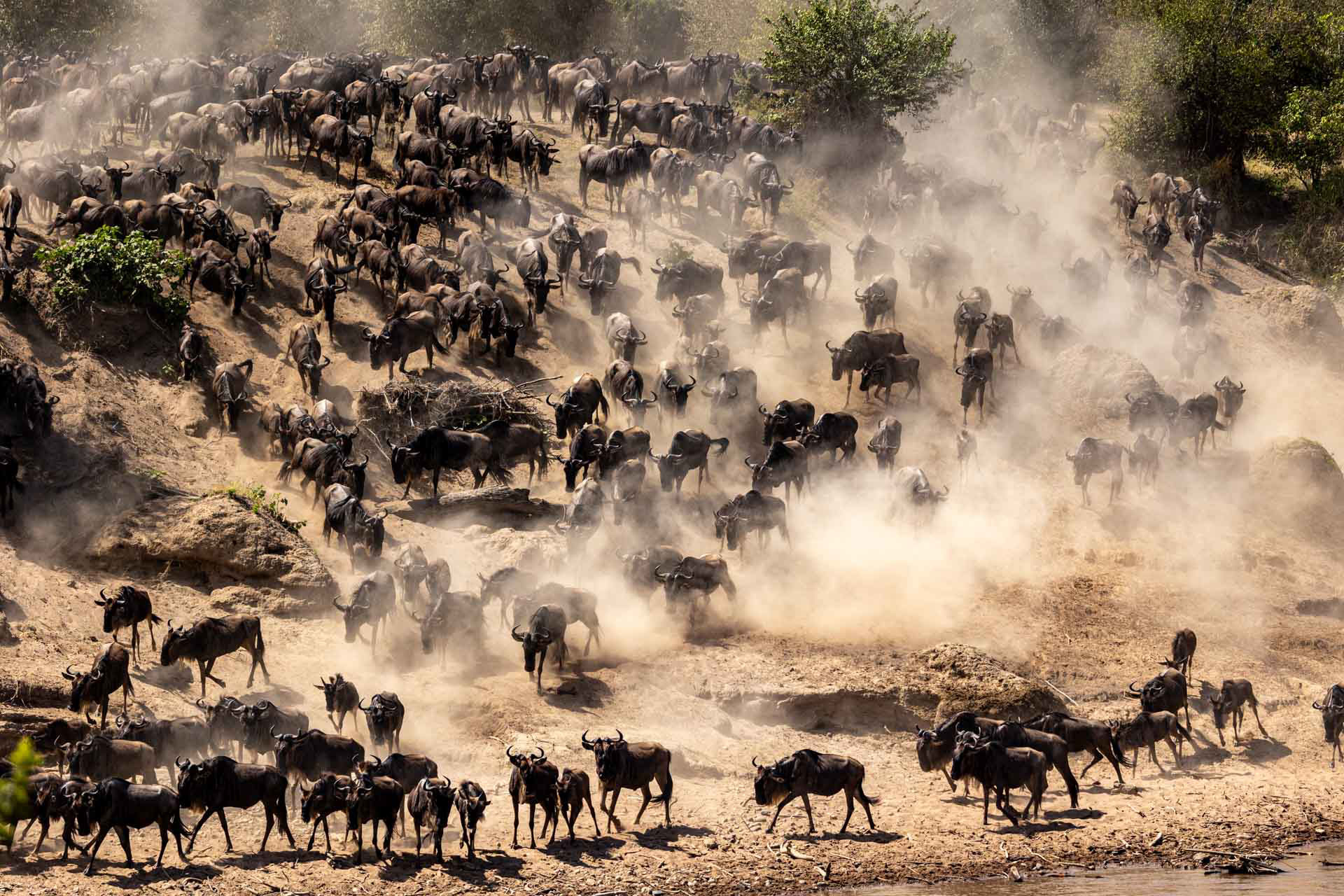
Young male elephants typically start to experience signs of maturity at the age of 12-15, which marks the beginning of significant physical and behavioural changes. As their bodies develop a more robust and muscular physique, they are encouraged or forced to leave their natal family unit when they start mounting young females in the group.
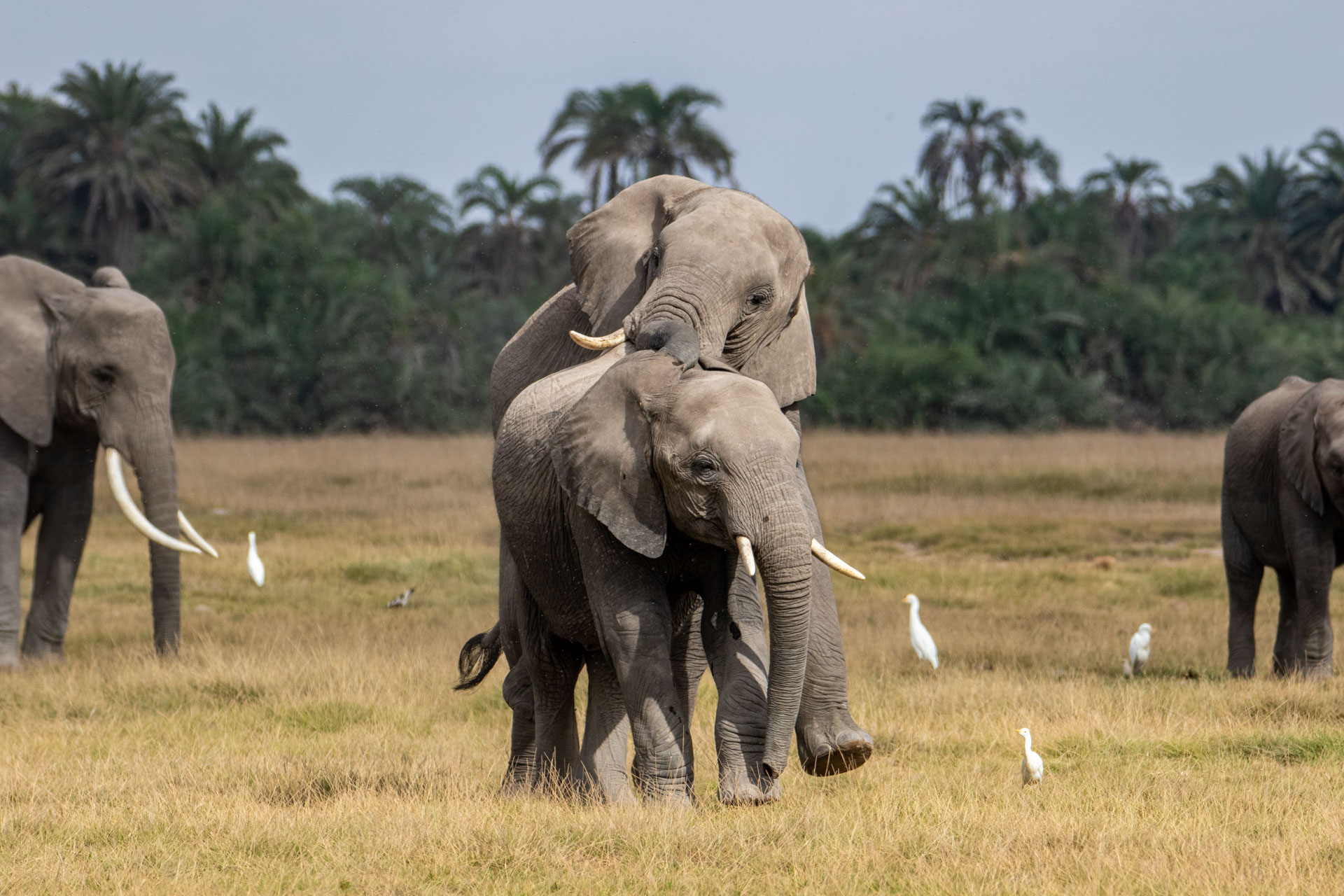
As they experience these hormonal changes, the matriarch, usually the oldest (and sometimes largest) female in the group, no longer tolerates their presence and starts showing signs of aggression towards them. Eventually, though reluctantly, the young male will heed the message and leave the group to join bachelor groups or live a solitary life.
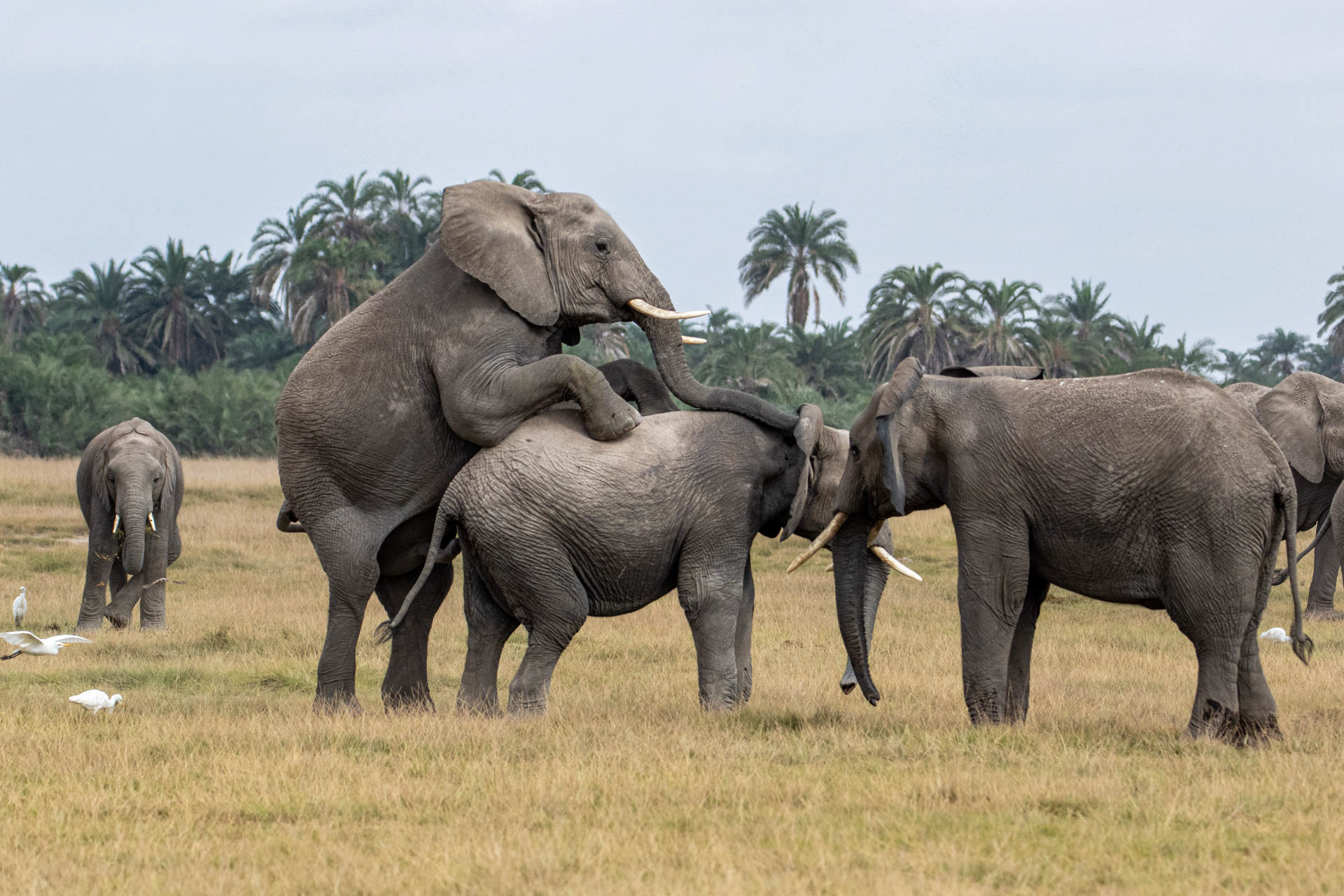
Amboseli stems from the Maa word ‘empusel’ — meaning ‘salty, dusty place’ — and it is the true definition of Amboseli National Park, especially during the dry season. These conditions typically occur from June to October and again in January and February, which are popular times for wildlife viewing, as animals congregate around the remaining water sources, making them easier to spot.
During this time, it's not uncommon to see big herds of elephants making their way in the morning towards the swamp, especially from the east, in the Olodoare area in Amboseli National Park. As well as the iconic images of them dustbathing, throwing clumps of dirt in the air like clouds.
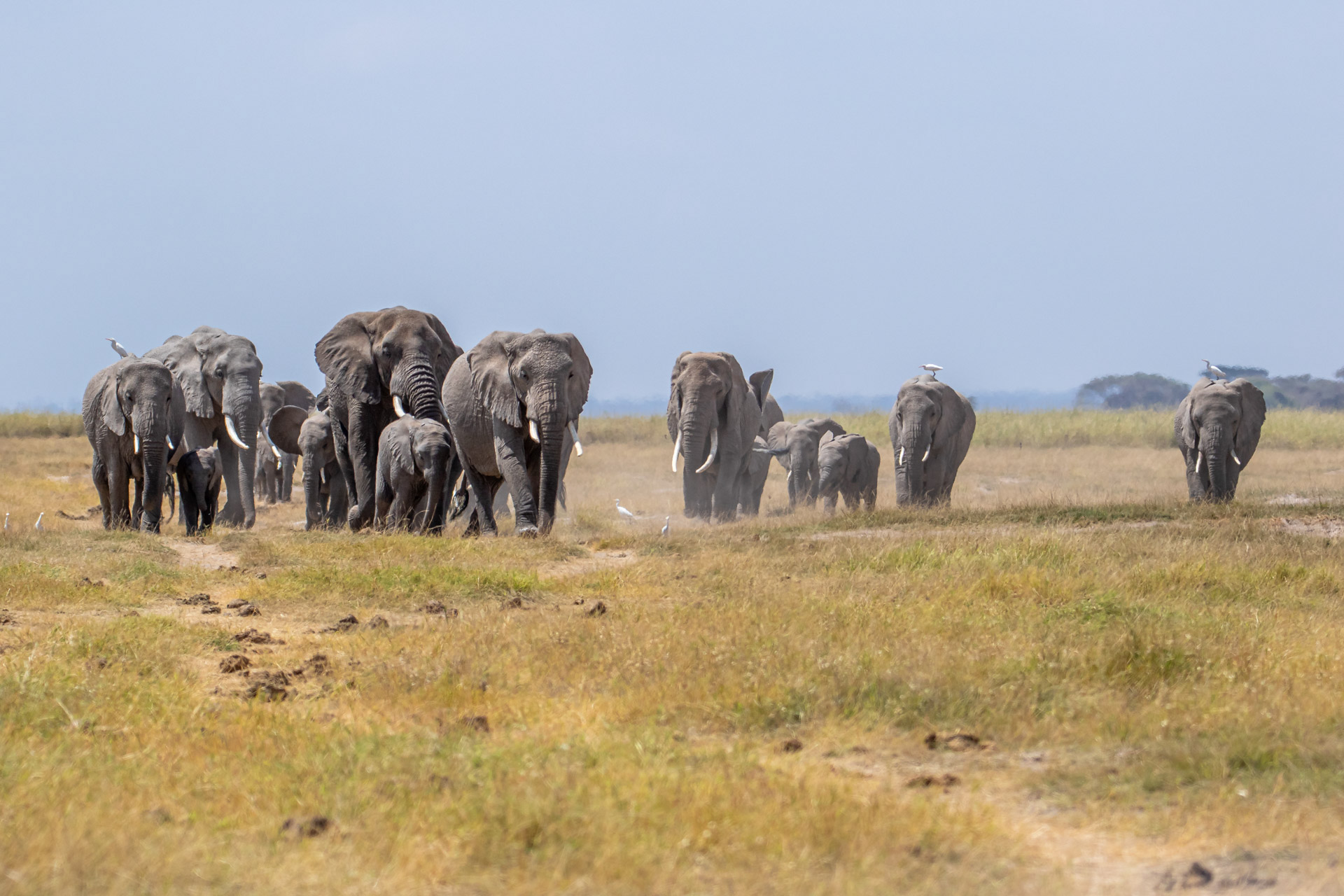
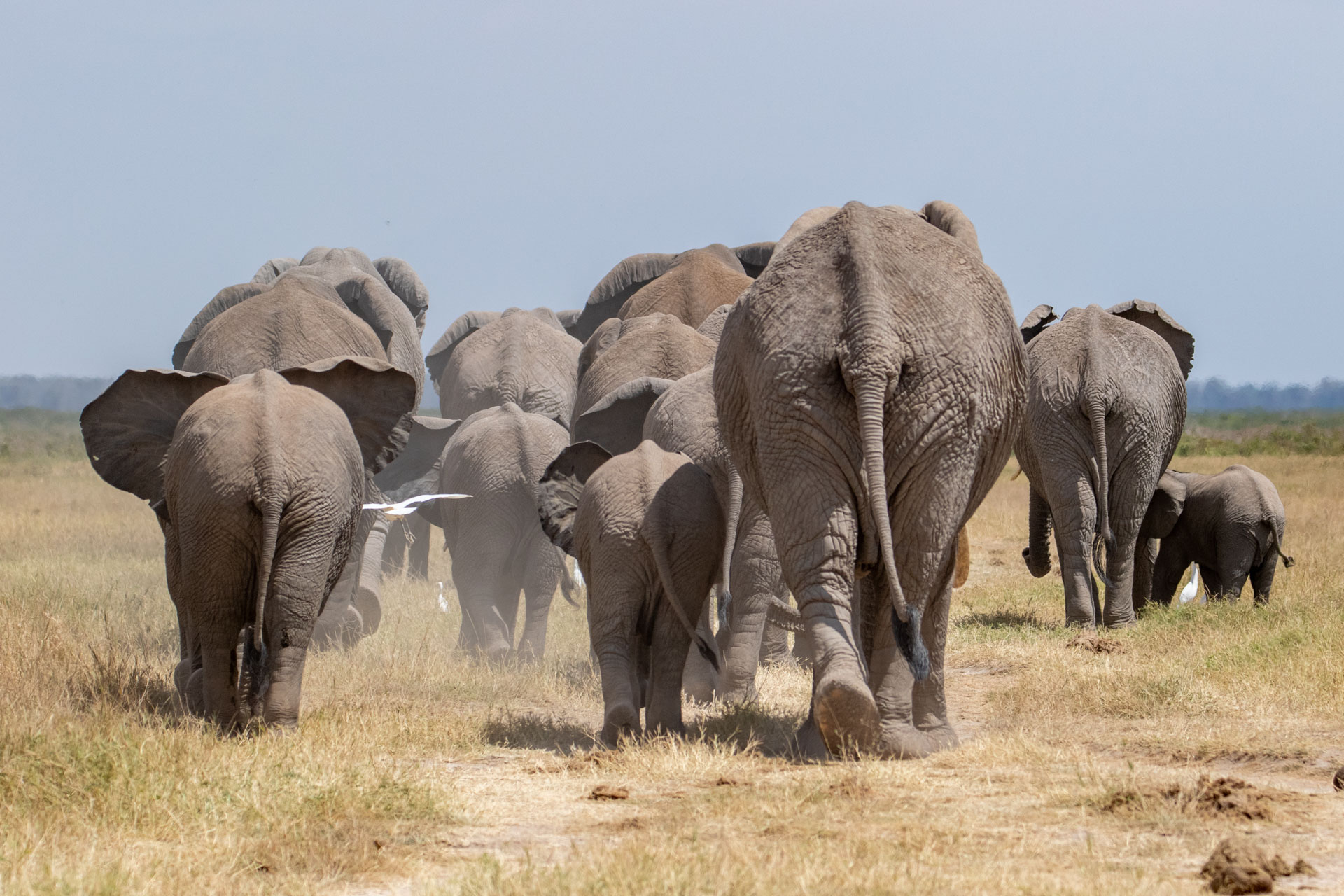
With herbivores congregating in and around the swamp, the cats are never too far away. Head Guide Alice Mantaine and guests had tremendous luck spotting this female cheetah with five cubs hidden in the tall grass. As an experienced mother — having previously raised a litter of four — she often changes location with the cubs to ensure their safety.

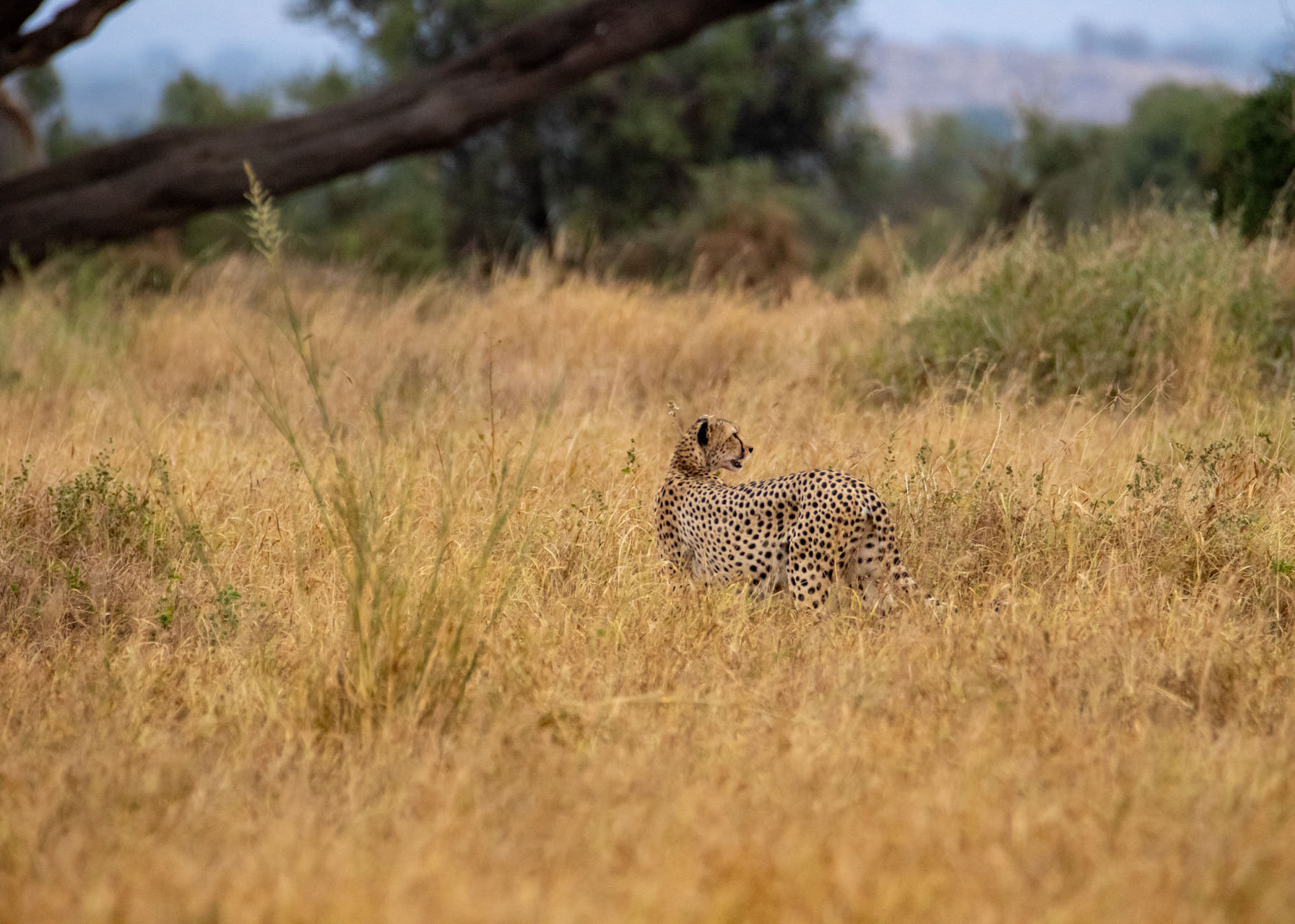
Up in the trees, male baboons play several critical roles within their troops, one of them being protection and defence from predators and rival troops. They use their larger size and strength to ward off threats and often position themselves on the group's periphery or, as in this case, sit on a vantage point to detect and confront danger. To aid with great vision, baboons have forward-facing eyes that allow them to see with binocular vision, which is vital in animals that need to gauge depth and distance.
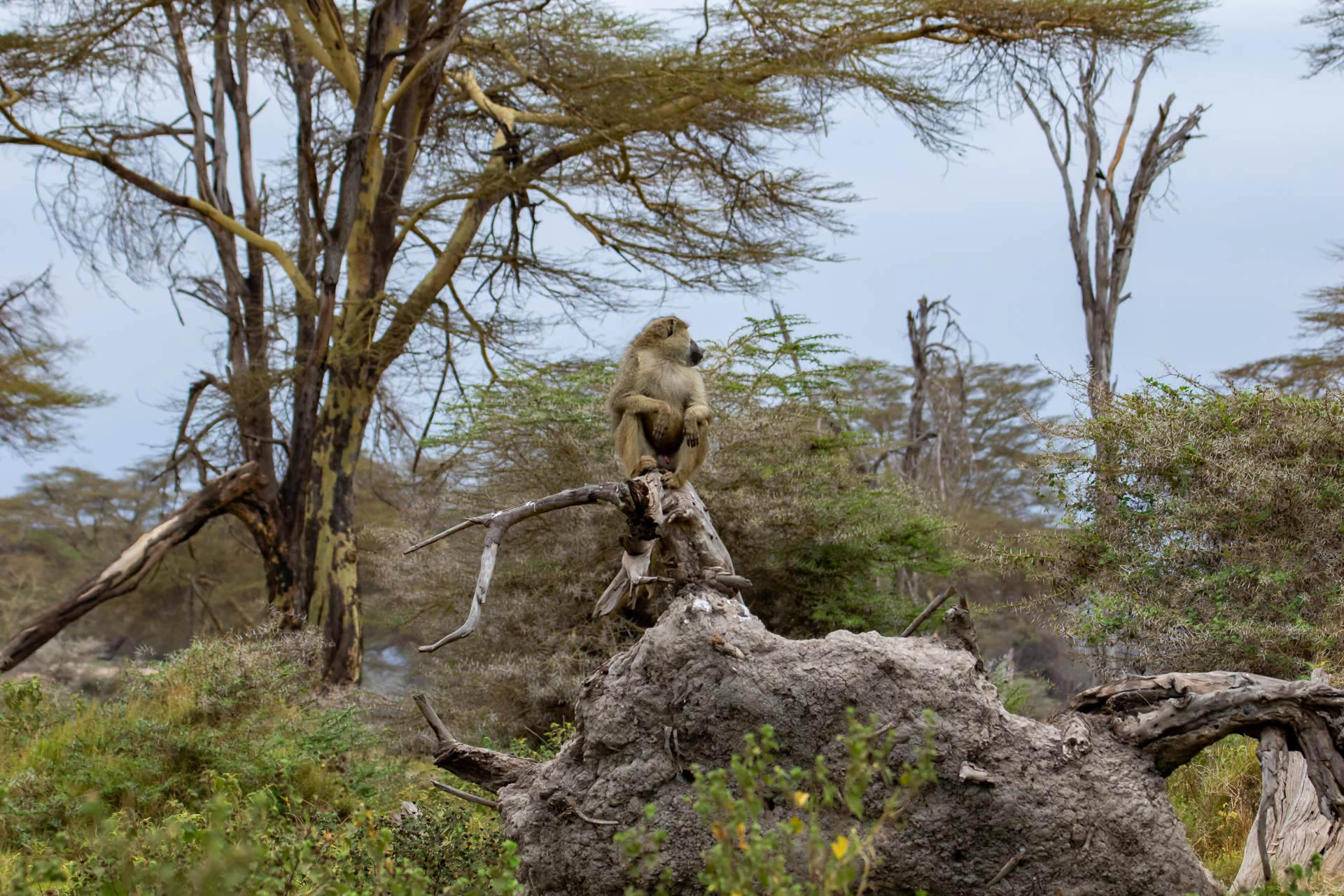

The lesser kudu antelope species is primarily native to semi-arid areas and not found in the Maasai Mara. They are very secretive, living in thicket habitats, and tend to freeze when startled. They have disruptive colourations, which are the lines or marks that break the solid outline of an animal to camouflage them. The white chevron on the kudu’s face and the white stripes down its back resemble the shaft of light penetrating a canopy of vegetation. When threatened, their first response is to dart into the thick bush where their camouflage works best.
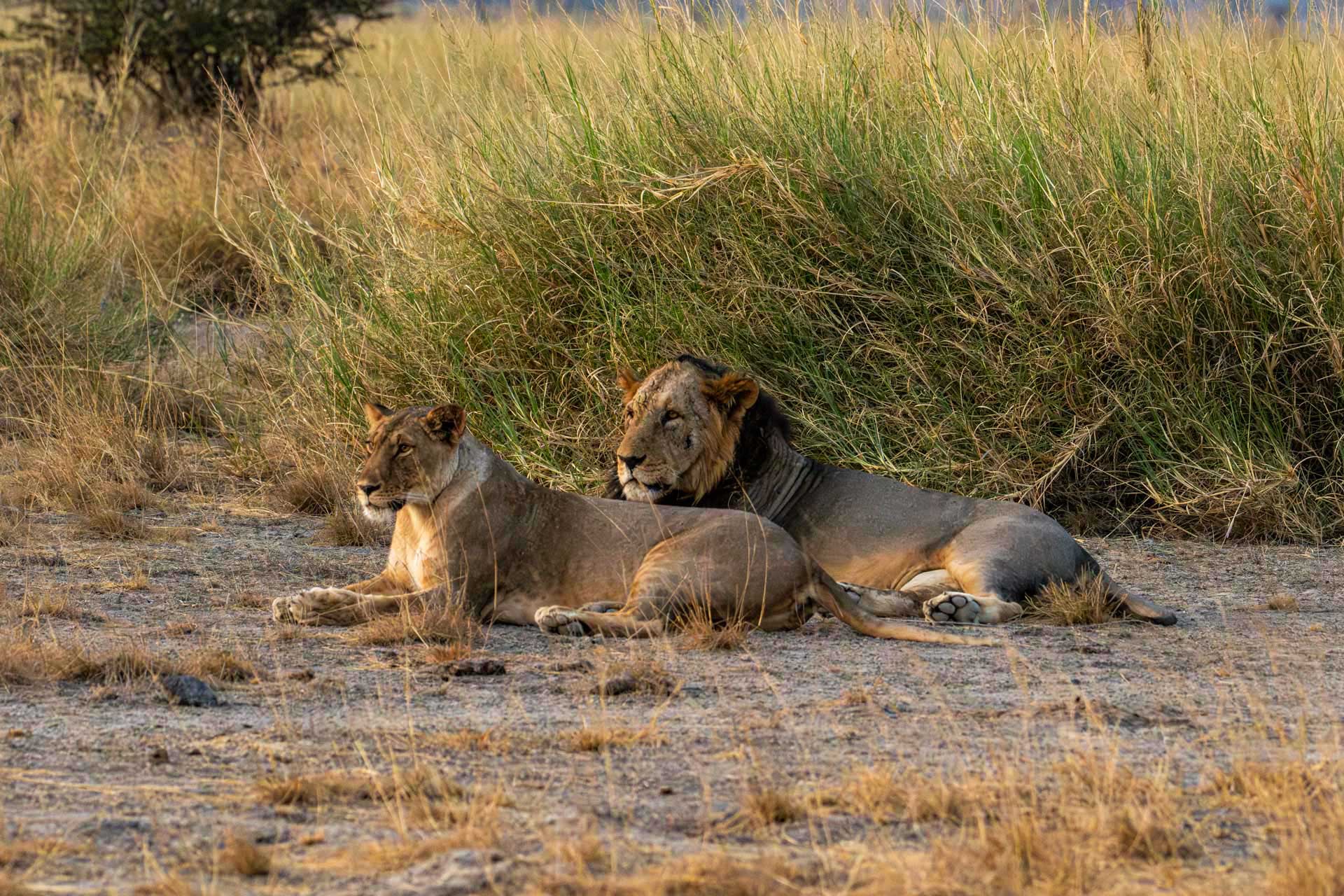
Our budding lion population is still intact with a few sightings this week. Alice came across Male 263, with one of the lionesses previously seen mating with Osunash. With the mating of both males with both females, it seems only a matter of time until the Kimana Pride is established. –Robert Sayialel
Not only did I witness my first crossing of the Migration Season, but on two separate occasions, several days apart, I saw hundreds of zebras and wildebeests crossing the mighty Mara River. It is hard to express the drama that unfolds in this magnificent scene fully.
In both situations, we waited for hours, and the anticipation slowly built over time. The herds are fluid, organic entities akin to living clouds. There is no leader, and hierarchical structure does not dictate movement; rather, it is a mesmerising dance of instinct and reaction. A split-second decision by one animal can trigger a ripple effect, causing the entire mass to shift course. We watched this happen multiple times as the animals would slowly inch toward the water's edge and then run back from the direction they came from.
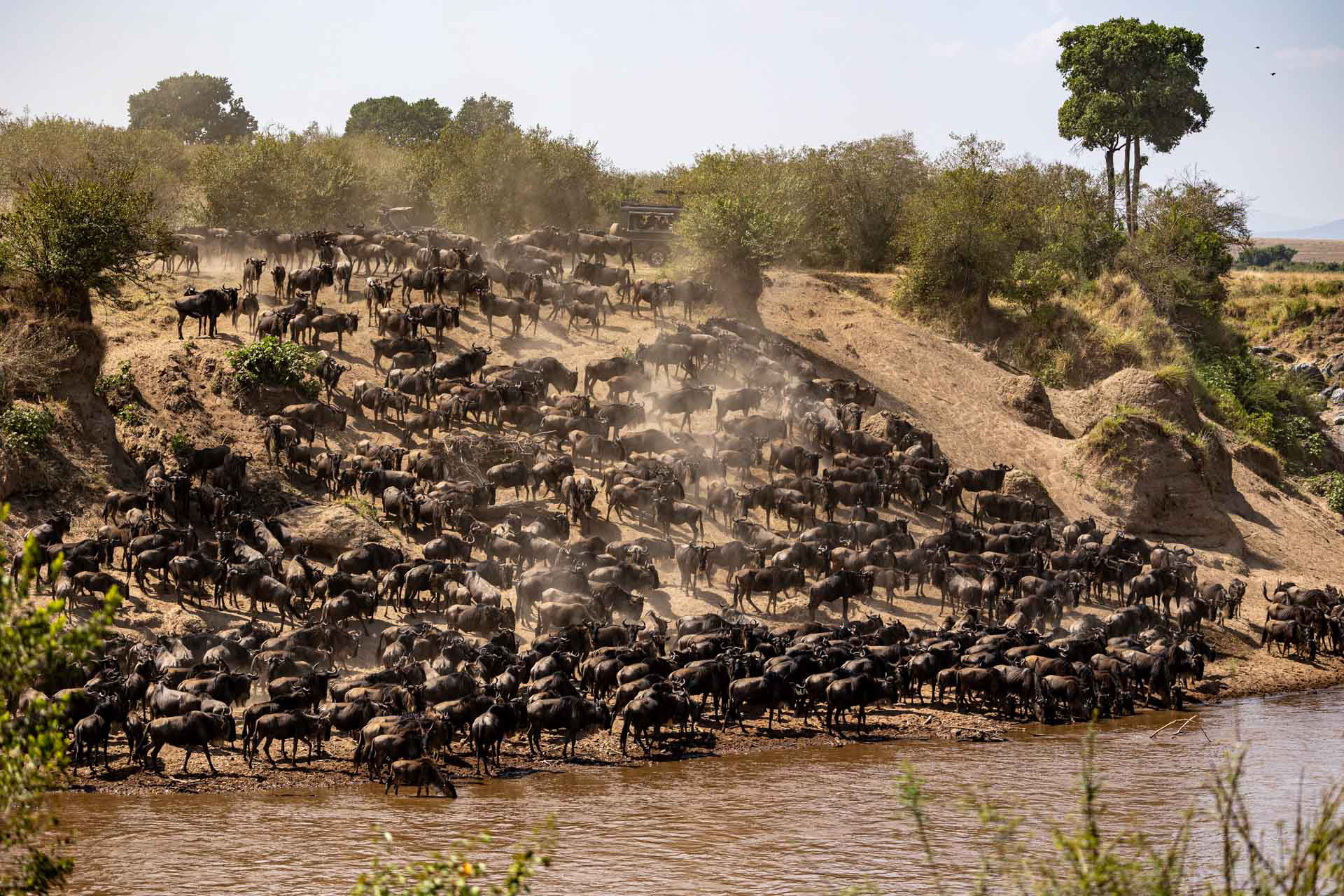
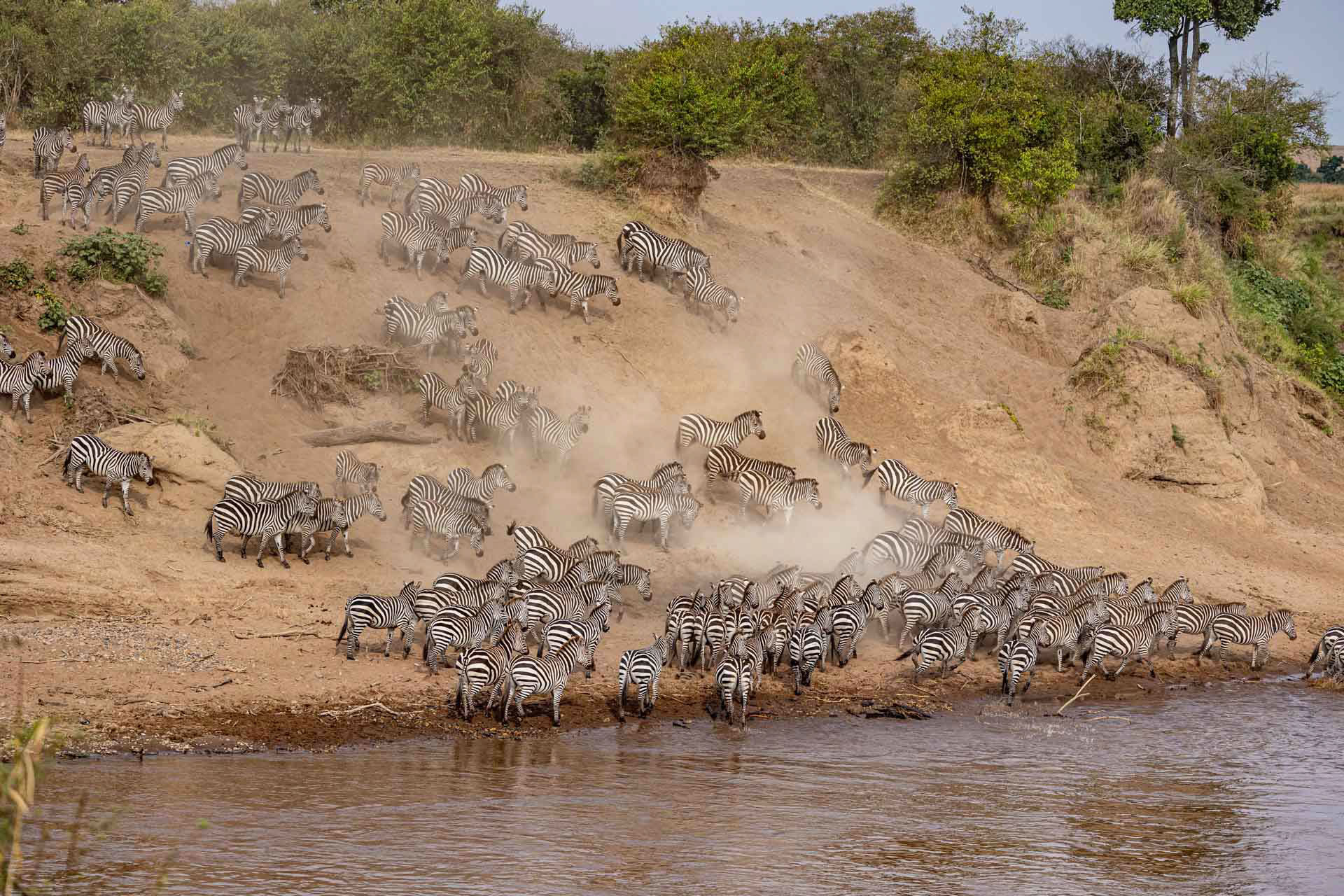
Eventually, one would brave the waters and lead a mad dash toward the other side. This breathtaking display of life, survival, and the delicate balance of the African ecosystem is an incredible experience. For many years, people have come from all over the world to witness 'The Greatest Show on Earth' during this time of year.
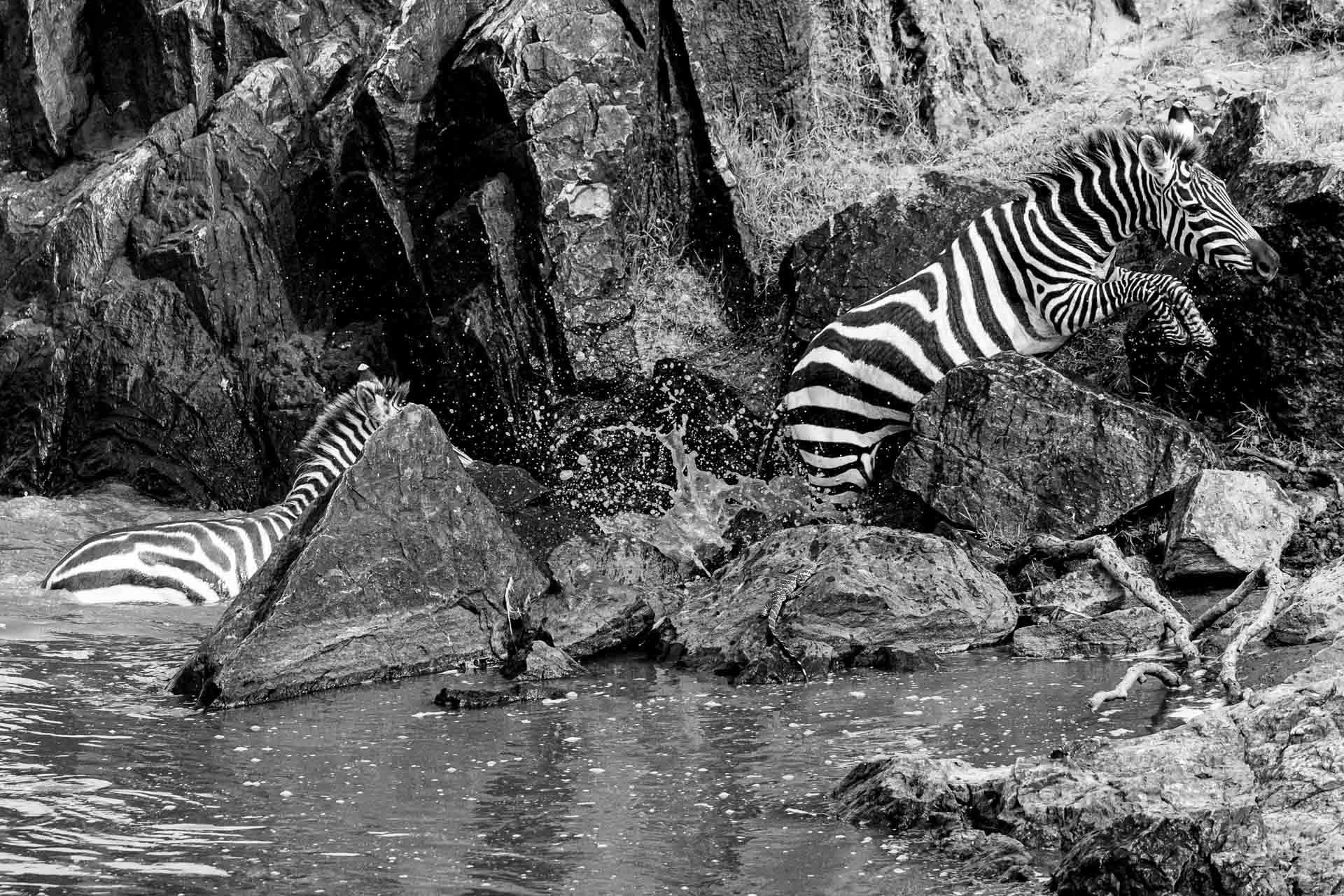
After witnessing the somewhat unpredictable patterns of the Migration for a few years, one thing is constant — cats instinctively are more active during these months. We observed multiple prides and coalitions with prey — a favourite being the impressive male lions with their long, dark manes that the Mara is known for, getting their fill.
It had been several months since I ran into the Nyati males. In the Volkswagen area, named so because of an abandoned vehicle, we saw two of the five brothers. They were sitting in the sun and breathing heavily. In the grass was a half-eaten zebra; a few minutes after we arrived at the sighting, a jackal and vultures began to appear. Whenever they got close to the kill, the lions would run and chase them away. These glorious creatures demand respect with their presence, so it takes a very brave animal to take them on. Thankfully, there were no other cars in this remote area, so we could stay with them for hours.
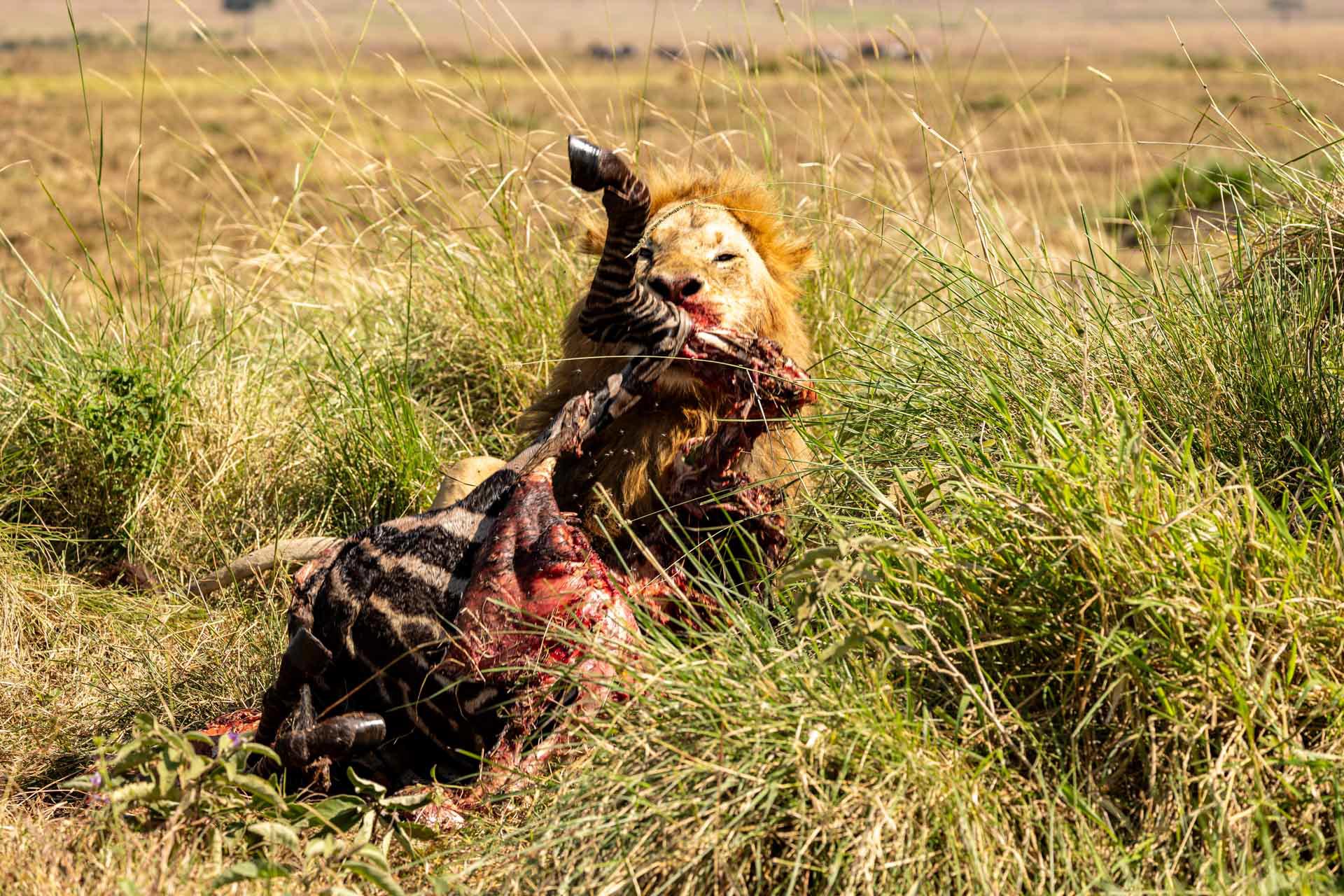
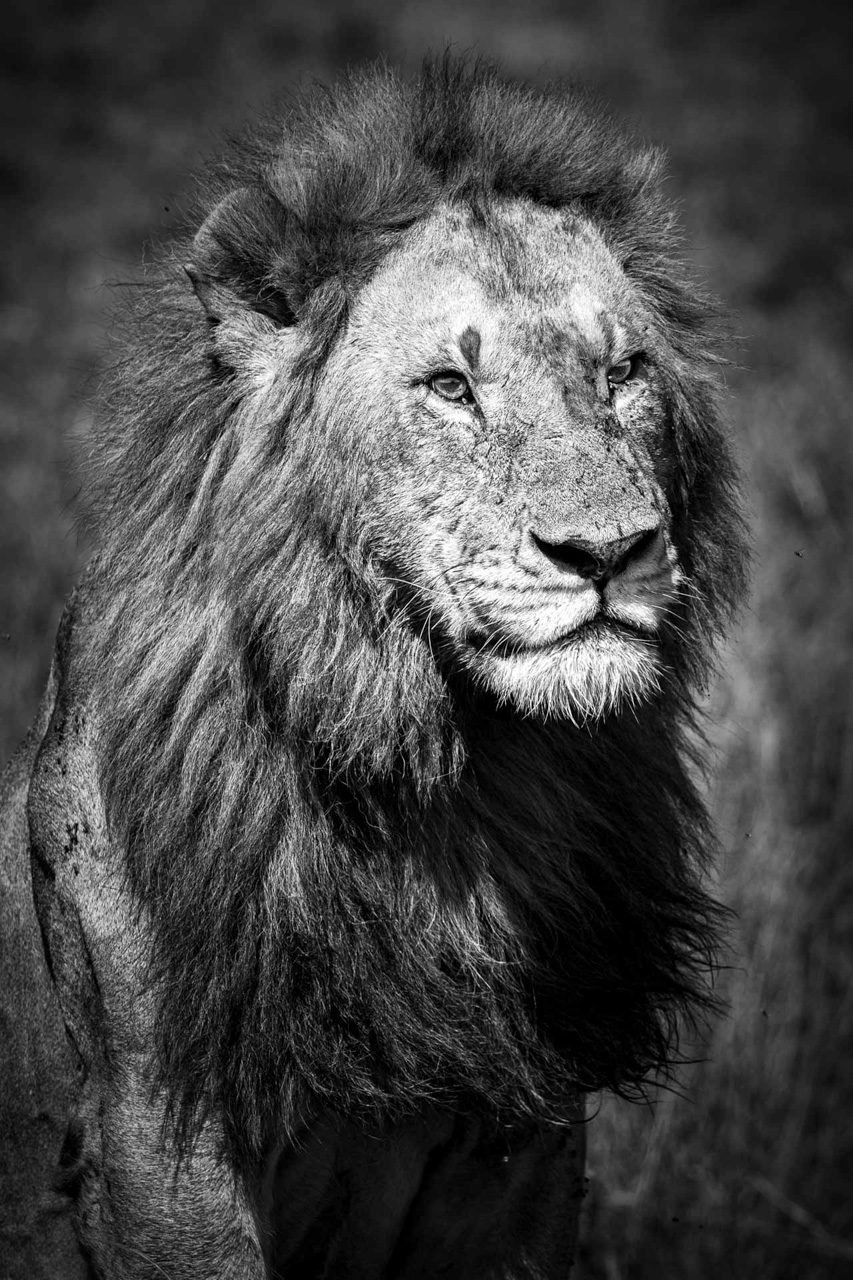
One day, in the early morning hours, we discovered the River Pride with a buffalo kill. Bathed in the warm light, we saw two lionesses quietly eating near Governor's Airstrip, not far from the camp. This pride comes from the famous Marsh Pride that was featured on Big Cat Diaries for many years. Both lionesses seemed very alert and kept looking towards the bushes. The kill seemed quite fresh, and they ate fast to protect it from scavengers and other predators.
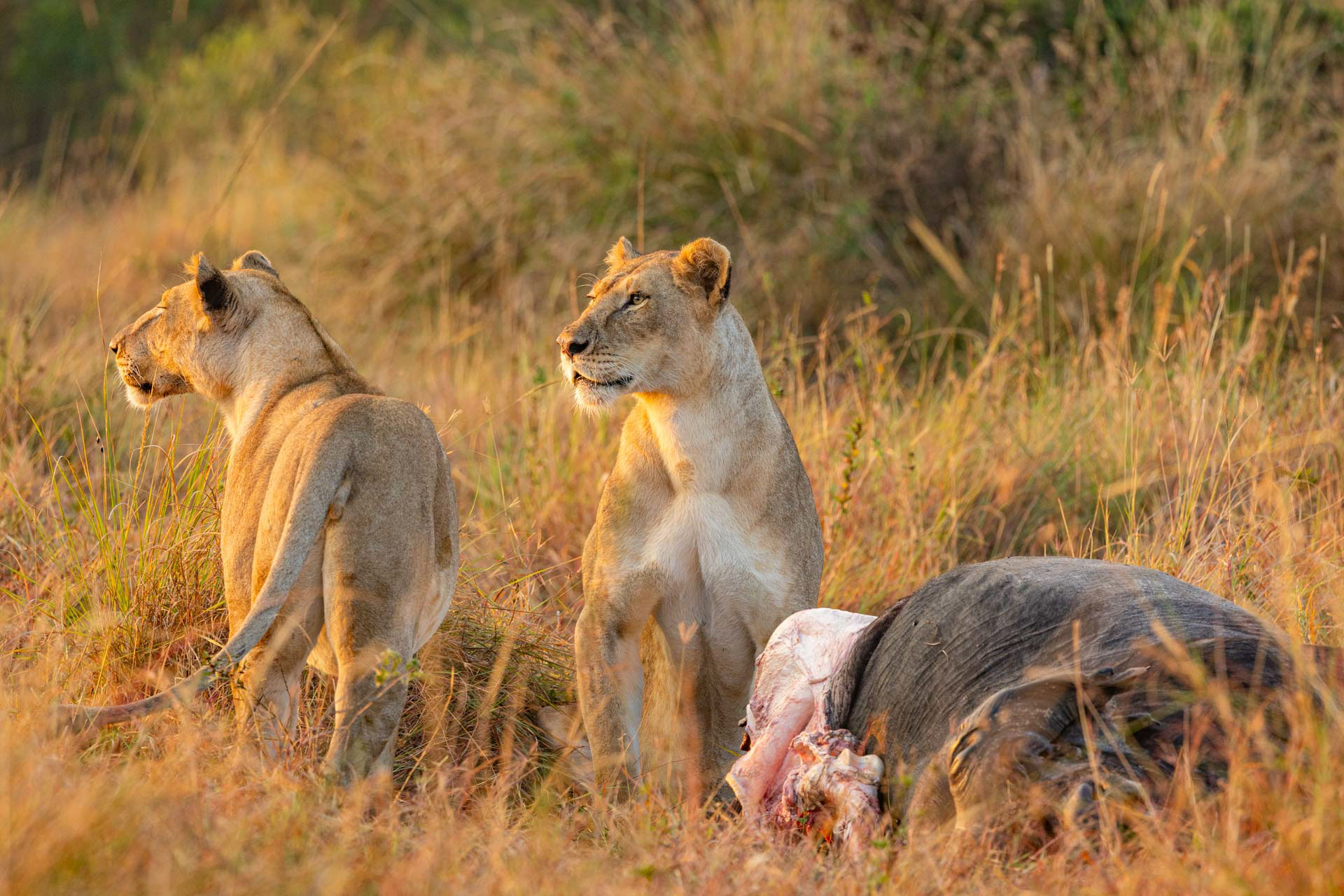
On the other side of the park, at the U crossing point near the Purungat Bridge, Head Guide Sammy witnessed lions proudly attacking a buffalo. This incredibly powerful animal fended them off for hours. There were cubs present, and they were very curious — perhaps mimicking how to hunt — and they kept approaching the buffalo even though it could have killed them with one blow. After a while, the lions gave up, and the buffalo got away with only a few injuries.
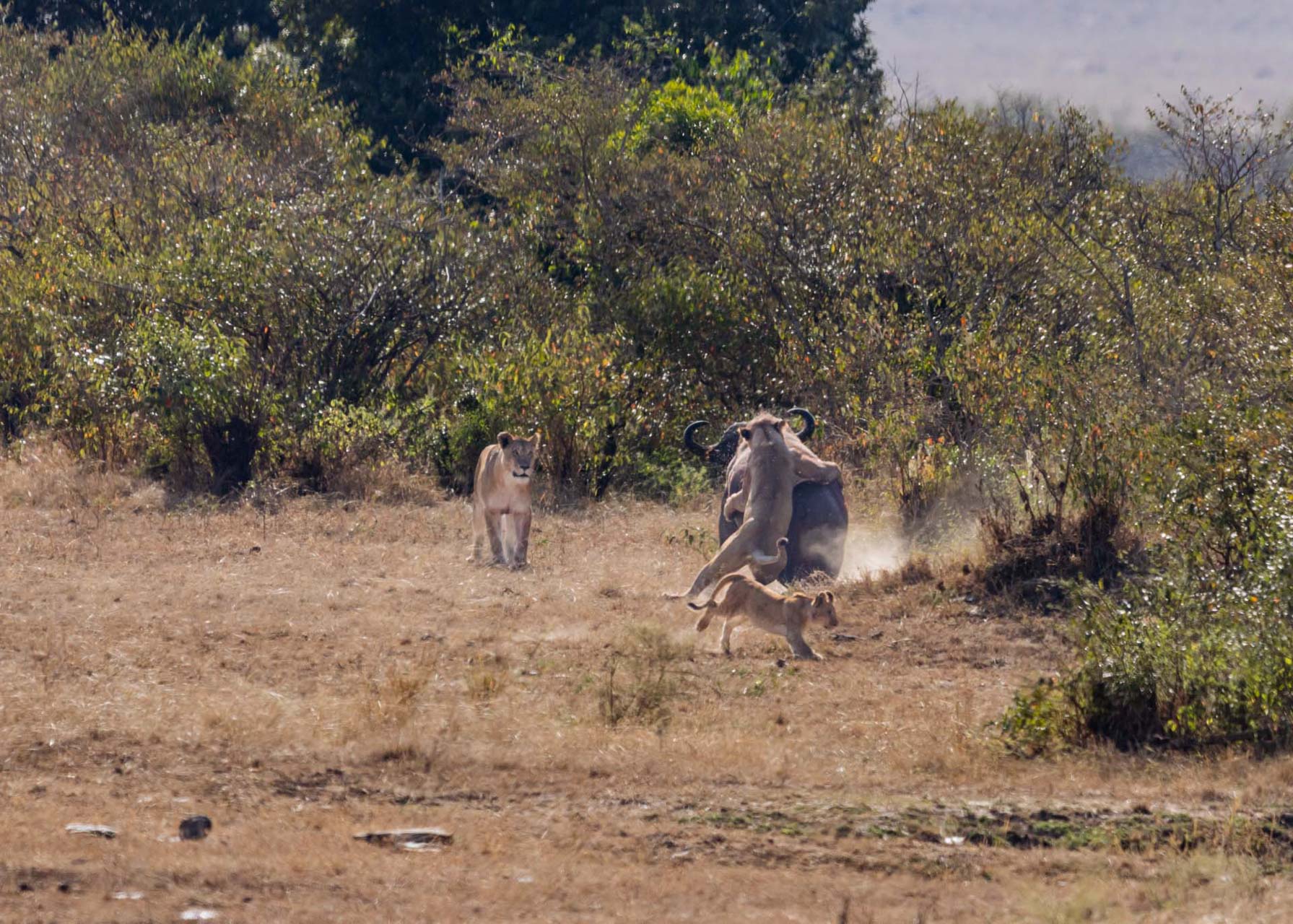

Just down the escarpment towards an area called Shieni, we had some wonderful sightings of giraffes. Large groups moved through the grass, looking for food and water. My colleague Robert saw several young calves, which all seemed to be the same size. It is very rare for giraffes to have twins, so they're most likely all from different mothers.
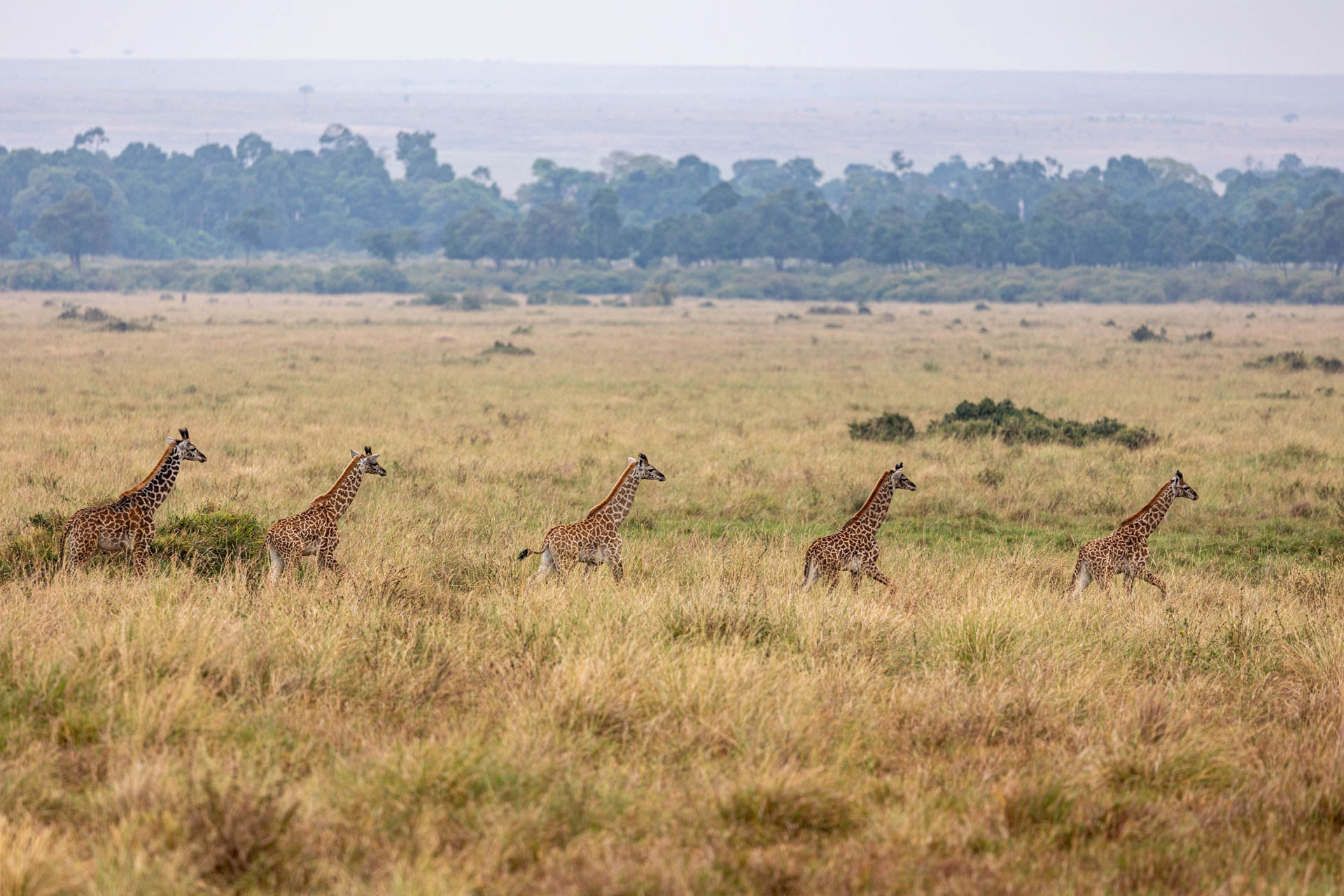
This behaviour shows how giraffes have a cooperative community, and female giraffes within a group often share the responsibility of caring for the young calves. Sometimes, several mothers will leave their calves together as a sort of creche while they forage for food. Often, experienced mothers will stay behind to watch over the young. Unfortunately, only 30-50% of calves make it to maturity, where the lifespan of a giraffe is 20-30 years.
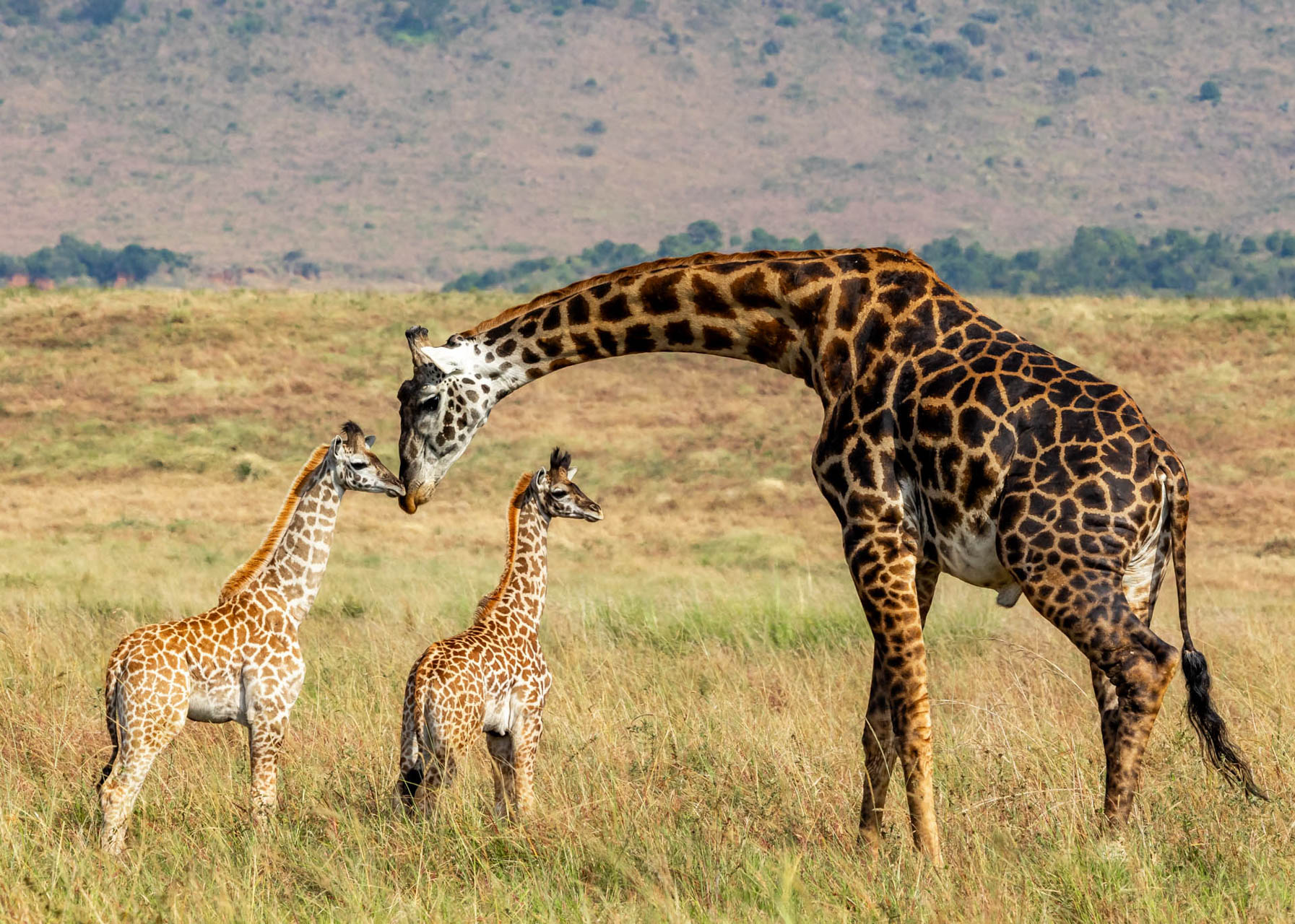
One of the amazing things about the open plains of the Mara is the large herds of elephants. Usually, elephants are very protective of their young, but over generations of being habituated to vehicles, the animals have become very used to us being around. Our experienced Guides know when to be close to the animals by reading their behaviour — an animal will let you know using body language if it's comfortable with you being there.

This week, we had an intimate experience with a young elephant, just a few weeks old. Anticipating the herd's movement, we parked the car and allowed the elephants to glide silently by us. A mother with this tiny baby walked within feet of the car. The calf was so curious and playful that it's hard to believe that this little animal would one day be one of the biggest and strongest creatures on this planet.
To end this week's blog, I leave you with a picture of a sunrise and a sunset. We are atop the Oloololo Escarpment facing east, so the sun slowly rises, illuminating the Mara, and it slowly sets behind the Escarpment to the west. While they may seem very similar, sunrise often presents a more vibrant and fresh palette as the sky tends to be clearer with less atmospheric pollution and dust.
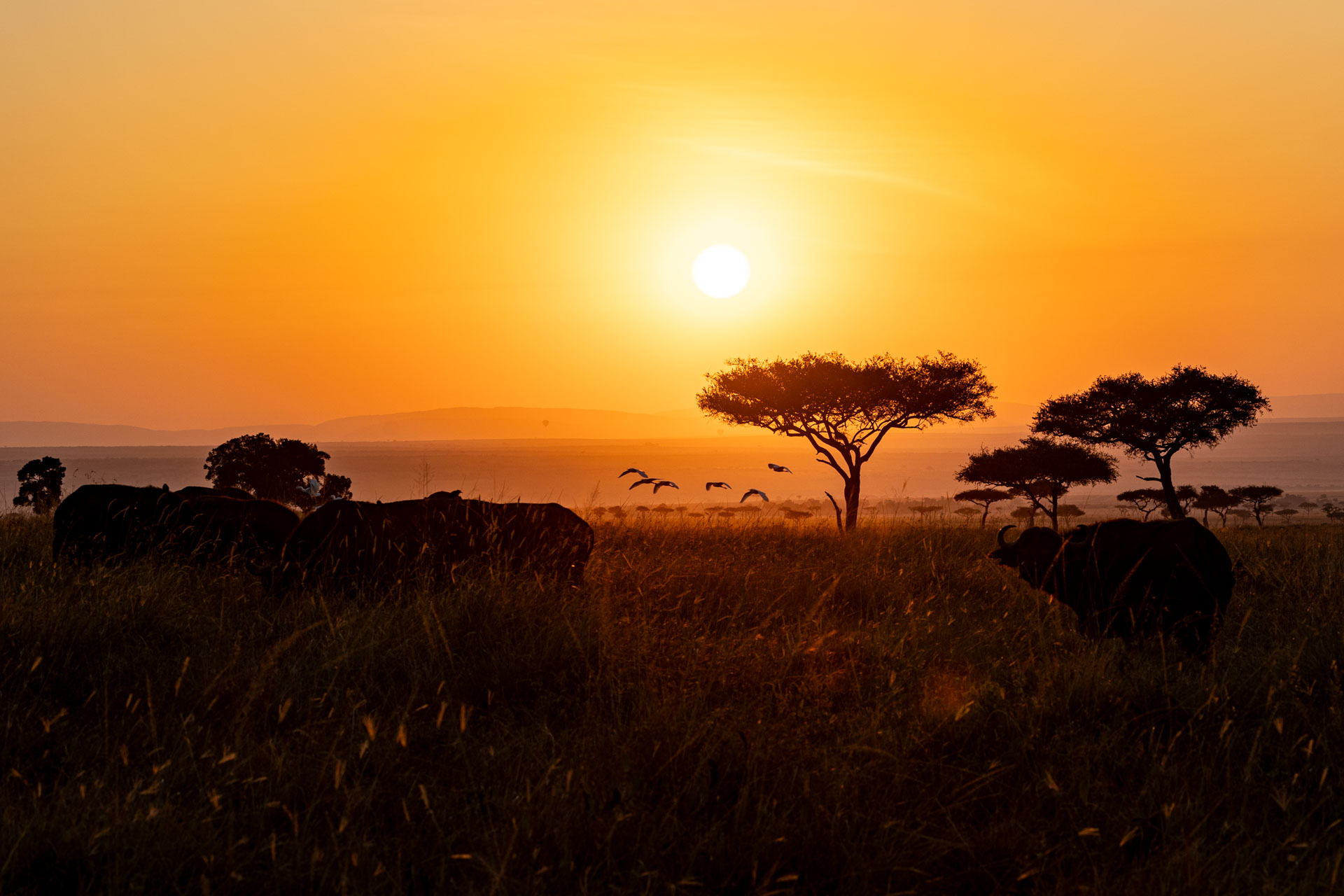

Typically, the sunset showcases a richer, deeper palate and the atmosphere has had more time to accumulate particles, which can scatter light and create more dramatic hues. As we see the sun appear and disappear, it reminds us that tomorrow is another day. –Andrew Andrawes
Filed under: This Week at Angama
Subscribe for Weekly Stories
Comments (0):
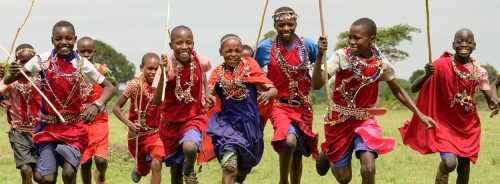
The Angama Foundation